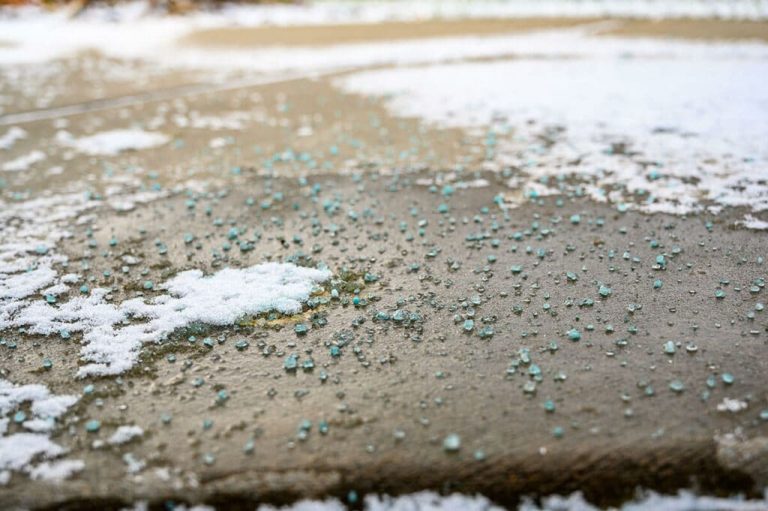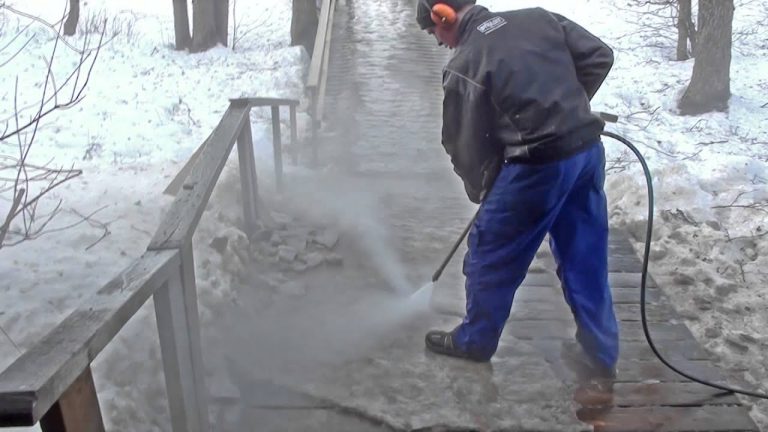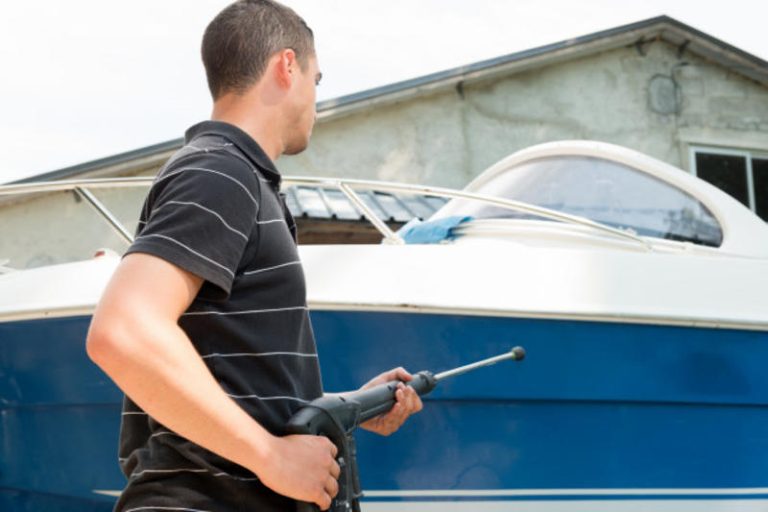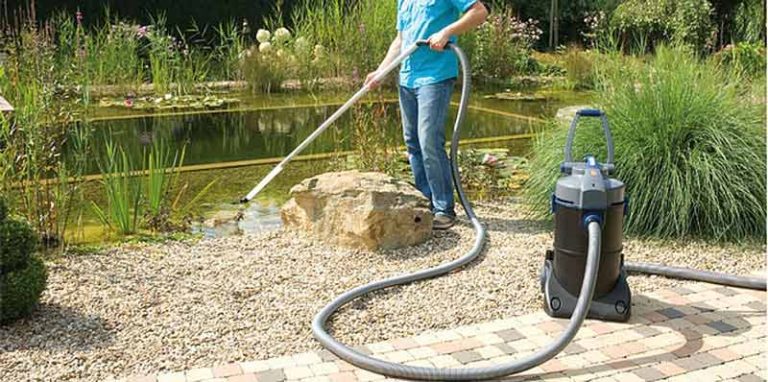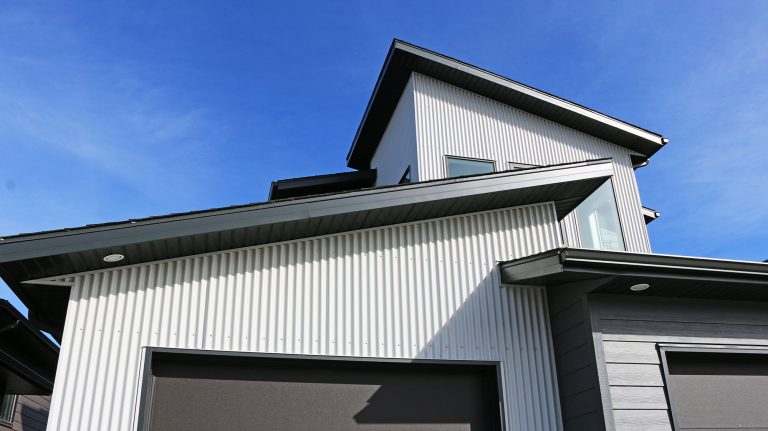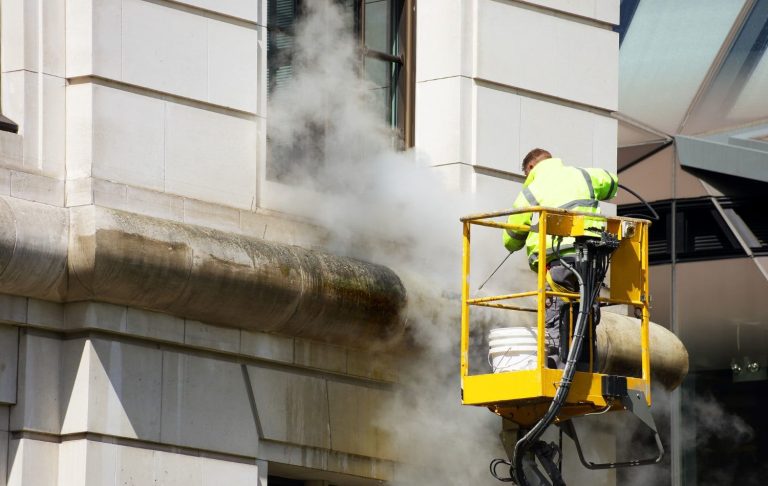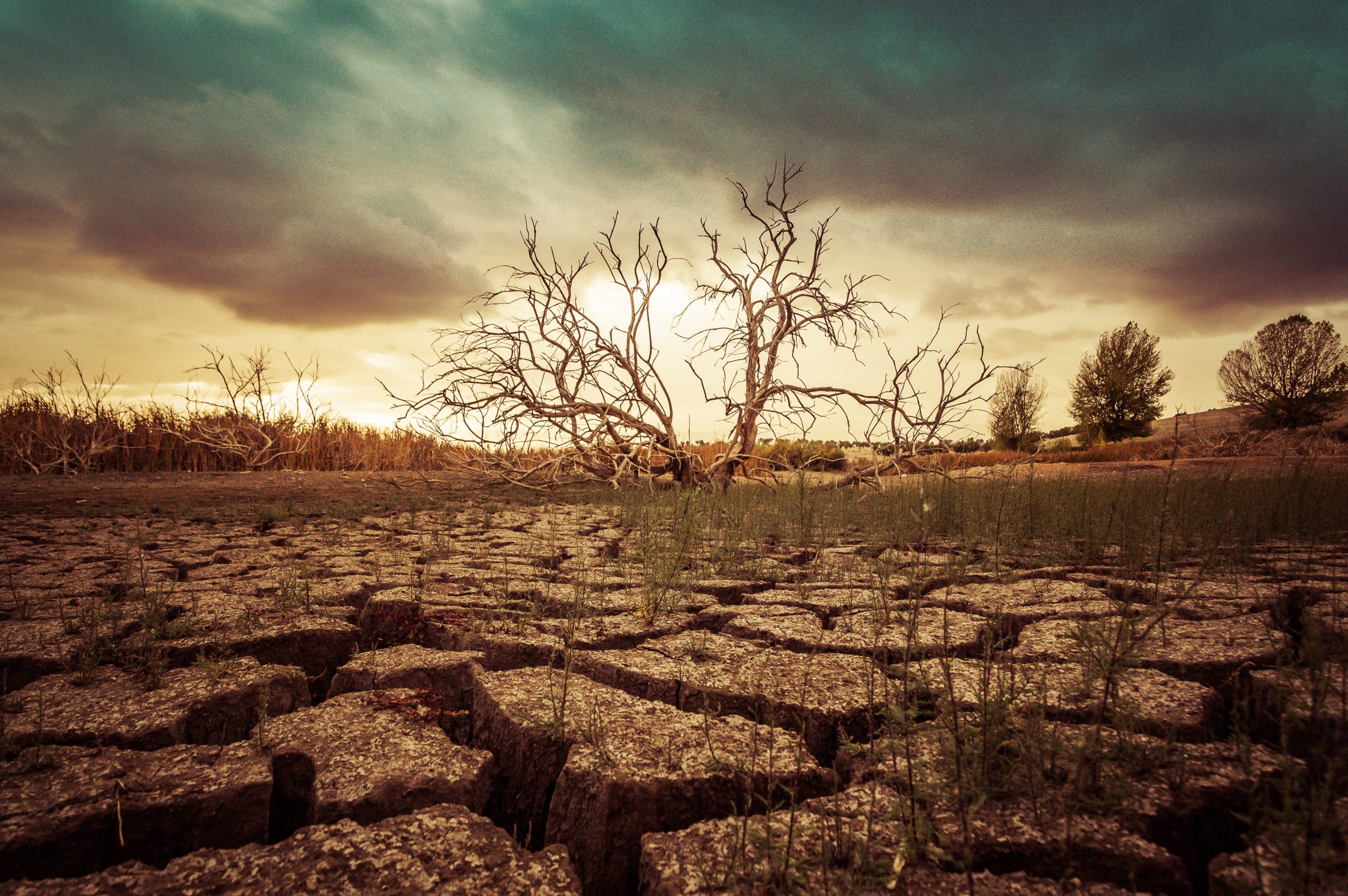
In areas experiencing drought, every drop of water counts. Cities and municipalities often place restrictions on water usage, and homeowners become more conscious of how they’re using this valuable resource. That raises an important question for many: Is it safe—or even allowed—to power wash during a drought or when water restrictions are in effect?
The answer depends on a few factors, including local regulations, your equipment, and how responsibly you manage your water use. Let’s break it down so you can stay compliant, environmentally responsible, and still maintain a clean property. 🌎🧽
🚫 Understanding Water Restrictions
During droughts, cities often implement restrictions on things like:
- Lawn watering
- Car washing
- Filling pools or fountains
- Non-essential outdoor water use
Power washing typically falls under “non-essential” use unless it’s required for health and safety reasons, like mold removal, sanitizing, or clearing fire hazards.
If you’re in a drought-affected area, check your local government or utility company’s website for up-to-date rules. Some cities may:
- Require a permit for power washing
- Allow it only on certain days or times
- Restrict the equipment type (e.g., banning high-flow machines)
- Prohibit all outdoor water use
🚨 Violating these rules can result in fines—sometimes hundreds of dollars per offense.
Browse Amazon Here For Top Rated Power Washers And Accessories
💧 How Much Water Does Power Washing Use?
On average, power washers use 2 to 8 gallons per minute (GPM). That’s less than a standard garden hose, which uses around 10–12 GPM. However, over the course of a 2-hour job, even a 2 GPM unit will use 240 gallons of water.
Multiply that by several homeowners in a neighborhood, and it adds up quickly during a drought.
✅ Responsible Power Washing During Drought Conditions
If local rules still allow some outdoor water use, here’s how to stay efficient and responsible:
- Use a Low-GPM Washer
Look for a unit that uses 1.5 to 2.0 GPM or less. These models are ideal for residential cleaning and much more water-efficient. - Skip Rinsing Where Possible
If using biodegradable cleaners, you may be able to skip the final rinse on some surfaces. - Spot Clean Instead of Full Surfaces
Focus only on high-traffic areas like stairs, walkways, and mold-prone spots rather than blasting your entire patio. - Use a Broom or Blower First
Removing loose debris beforehand reduces how much water you’ll need to achieve a clean surface. - Collect and Reuse Water
Though not always practical for home users, commercial setups can collect gray water for reuse or safe disposal.
🧼 When Power Washing Is Justified During Drought
While cosmetic cleaning is often discouraged, certain situations justify power washing even under restrictions:
- Sanitizing after sewage or animal waste
- Removing slippery algae or mold on walkways
- Clearing flammable debris in wildfire-prone areas
- Cleaning up after natural disasters
🛑 Even in these cases, you should notify your local water authority and ask for permission or a waiver if required.
🌿 Consider Eco-Friendly Alternatives
If power washing is off-limits, you still have options:
- Soft washing with a pump sprayer and biodegradable cleaner
- Scrubbing with a bucket and brush
- Hiring a pro with water-recovery systems that recycle runoff
🌍 Final Thoughts
During a drought, water becomes a shared responsibility. Power washing can still be safe and legal—but only when it’s done thoughtfully, efficiently, and in compliance with local guidelines.
Before powering up your machine, check with your local water authority. If it’s allowed, minimize waste and focus only on areas that truly need cleaning.
Clean responsibly. Every drop counts. 💧🌎✅
Browse Amazon Here For Top Rated Power Washers And Accessories
